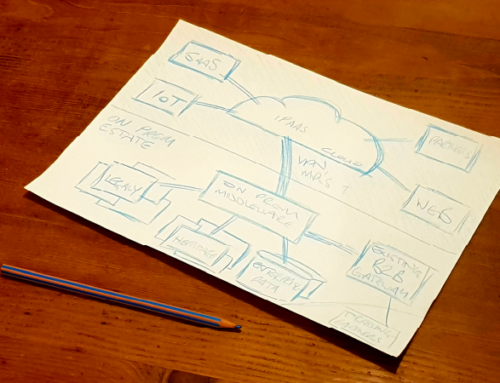I often find myself helping integration managers justify their existence to the wider IT department. It seems the problem is that integration is often an afterthought tacked onto the end of a systems implementation project. This approach, in which integration costs are hidden within projects and programmes, reduces the integration team to nothing more than a necessary cost of system implementation.
Furthermore, hiding integration in systems implementation projects prevents the organisation from seeing the opportunities a more open systems approach to integration offers. After all, why would project X pay for the additional cost of making components that were reusable by other projects? It is only by elevating the middleware integration platform to the same status as other systems, and separating the responsibility for these aspects of implementation from endpoint systems projects, that your systems integration capability can be moved from simply being a cost centre to being an opportunity to drive down the costs of systems implementation by reuse, data sharing and even opening up the possibility of monetising your data via exposure of APIs for 3rd party consumption.

That journey, from integration as a cost centre to integration as a profit centre, has to start somewhere. It is a significant change in perspective but one that truly digital corporations such as Amazon and eBay have achieved. The first step in that process is to accept integration as an enterprise capability in its own right and allow the integration team to take an enterprise-view of each data flow that they build. I call this an “open systems approach” to integration.
Find out more and download my guide to choosing an open systems approach.









